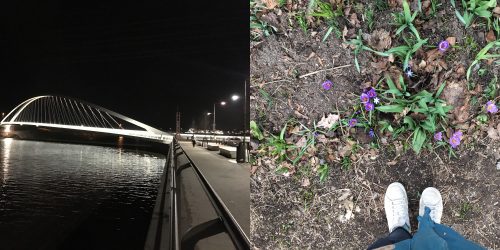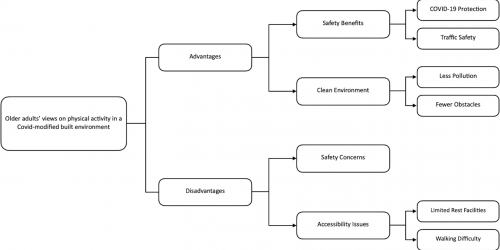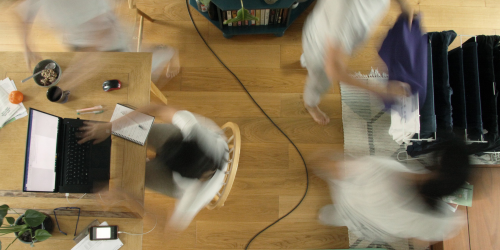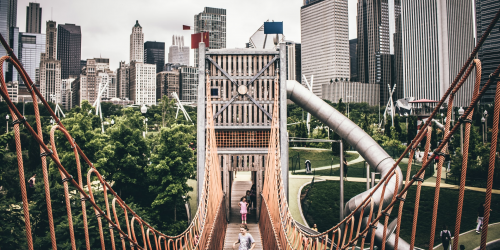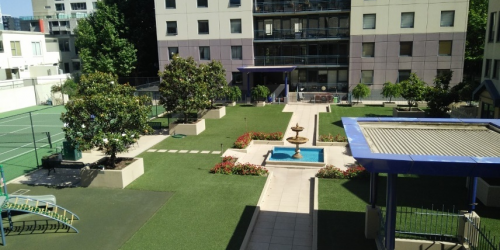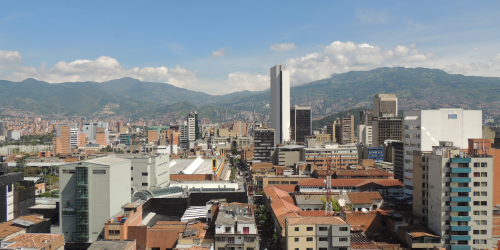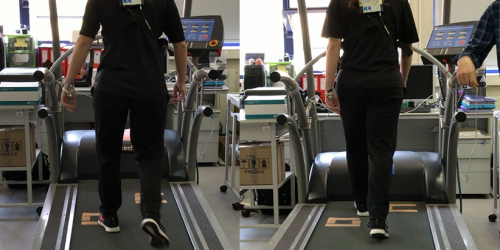Published 21/03/23
How did the first wave of COVID-19 affect the kind of dwelling residents consider as ideal? A study from Switzerland
During the first wave of COVID-19, homes were tasked with simultaneously providing manifold city services and functions. How did the…

